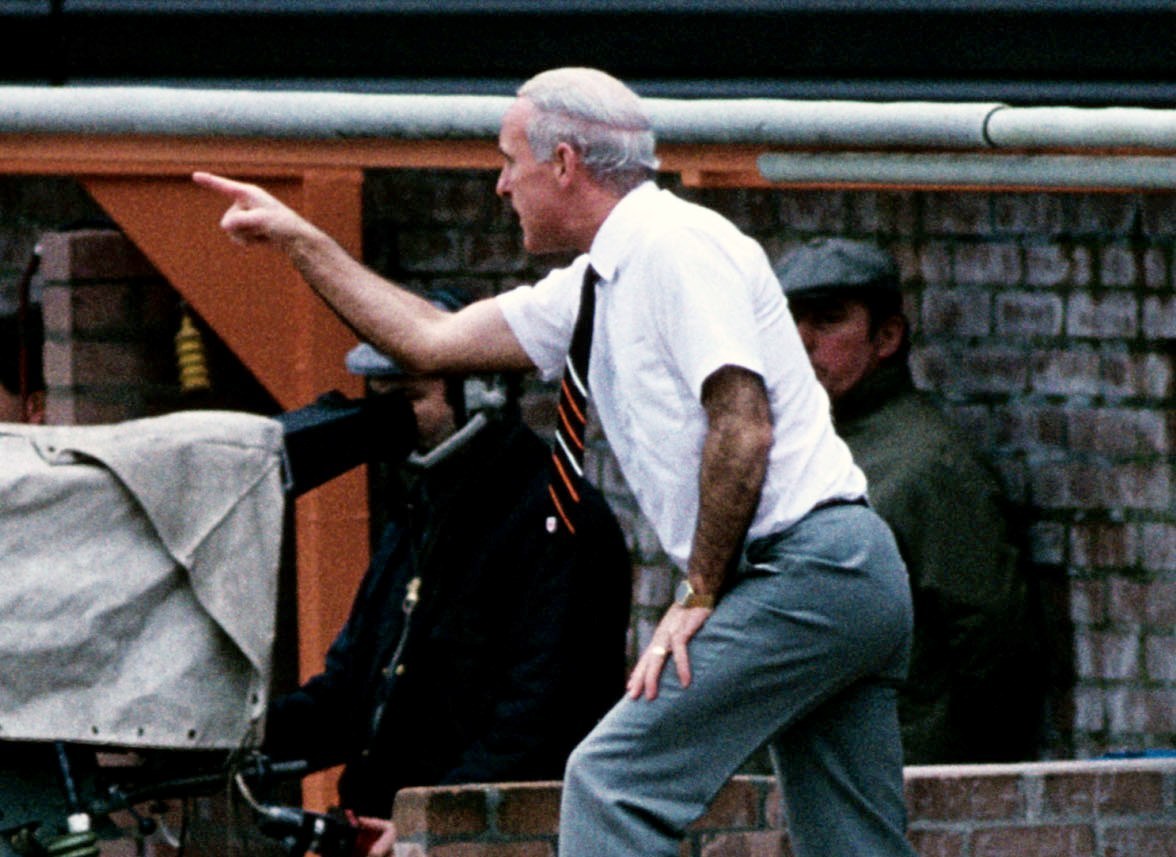
Chairman Stephen Thompson let his frustrations get the better of him the other day, and criticised last summer’s player recruitment as the reason United are now staring relegation from the Premiership in the face.
Recently-sacked manager Jackie McNamara was named and shamed as the main culprit for blowing the budget. Now it’s believed he’s contemplating legal action against Thompson.
The biggest mistake United have made in recent years is selling too many of their good players in such a short time.
In just two years, they have United raked in £10m for Johnny Russell, Andy Robertson, Ryan Gauld, Gary Mackay-Steven, Stuart Armstrong and Nadir Ciftci.
Selling fans’ favourites is nothing new at Tannadice. Down through the years United have always had to sell their best players to survive.
But those deals were spaced out, and they always had replacements lined up, if not already signed.
When Andy Gray went to Aston Villa in 1975, manager Jim McLean had earlier bought Paul Hegarty and Tom McAdam to ensure he had cover for the striker’s inevitable departure.
Likewise, when West Ham paid a staggering £400,000 for Ray Stewart in 1979, McLean pre-empted this departure by signing Iain Phillip from Dundee, and used the majority of the Stewart fee to finance a new enclosure at Tannadice.
Big names continued to exit Tannadice during the McLean years, notably Richard Gough, Kevin Gallacher, Duncan Ferguson, Christian Dailly and Billy McKinlay.
But McLean always appeared to be one jump ahead, with quality buys such as Willie Pettigrew, Eamonn Bannon, Michael O’Neill and Darren Jackson.
He also had a production line of exciting young players on the verge of a breakthrough.
There were also some players McLean just point blank refused to sell, Davie Narey and Paul Sturrock being the two main examples.
McLean could have named his price for either, but once told me he’d resign if the Board ever made him sell Narey or Sturrock.
McNamara never held the same power at Tannadice that McLean enjoyed. But the ultimate decision on who could be sold to bring in money and help the balance sheet still rested with the Board.
Likewise, agreement on who should be signed to replace those leaving had to be rubber-stamped in the Boardroom.
So as chairman, Thompson can hardly absolve himself from the mess United currently find themselves in.
He had the final say on replacing McNamara with Mixu Paatelainen.
Some United fans are now seriously wondering if he got that decision right.

Enjoy the convenience of having The Sunday Post delivered as a digital ePaper straight to your smartphone, tablet or computer.
Subscribe for only £5.49 a month and enjoy all the benefits of the printed paper as a digital replica.
Subscribe